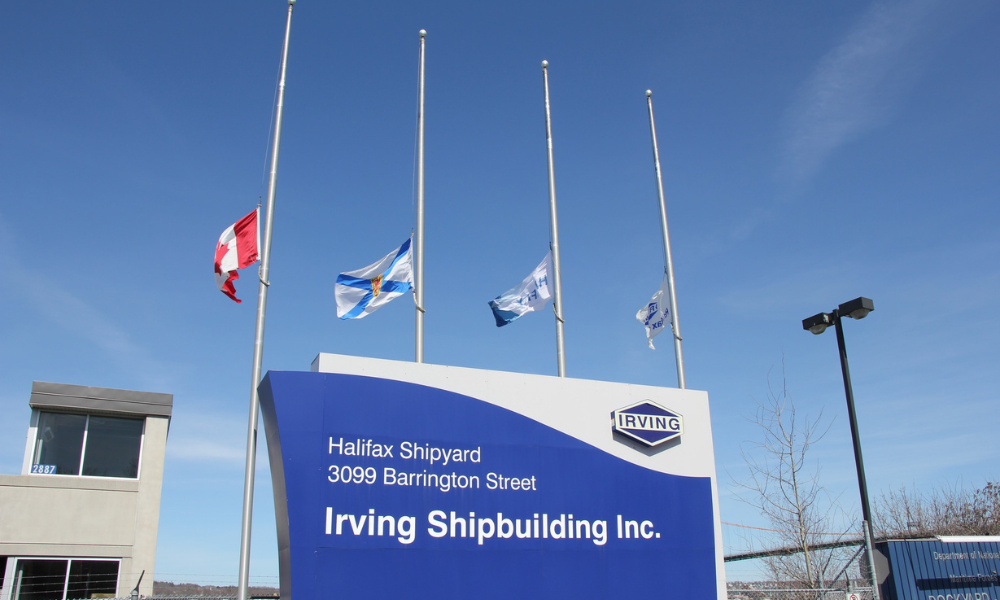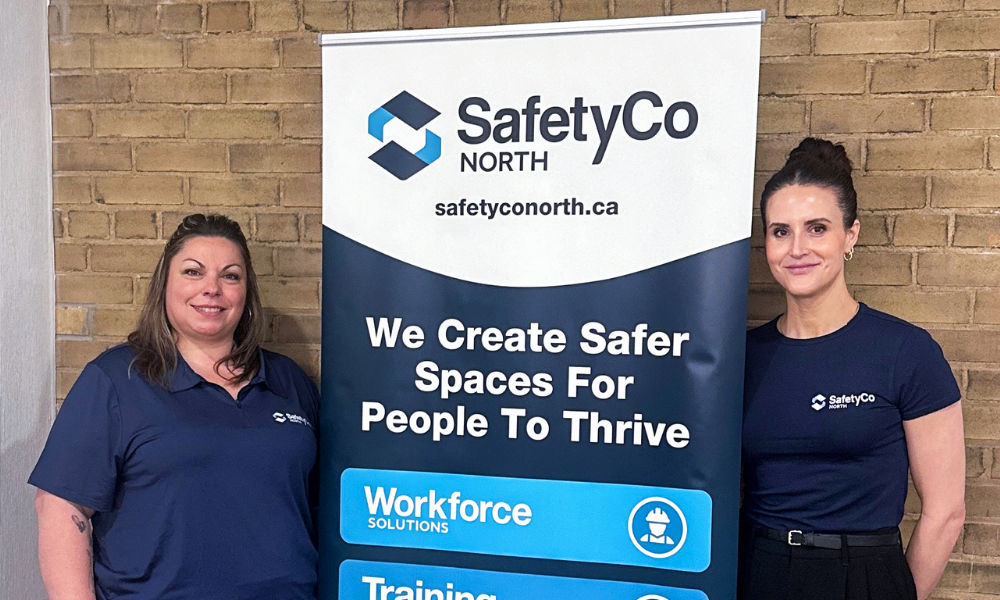Designation is a stamp of quality for employers wishing to enhance OHS program

The Canadian Registered Safety Professional (CRSP) certification is often considered to be a benchmark in the OHS profession, and has been offered by the Board of Canadian Registered Safety Professionals (BCRSP) since 1976.
The CRSP is for “individuals that are really looking to better health and safety in the workplace,” says Paul Belair, Corporate Director – Health & Safety, Equinox Gold Corp. Belair has been a CRSP since 2005.
It is meant for any safety professional that has spent at least 48 months working in safety at a professional level (in a period of 72 months) and has some sort of professional education towards workplace health and safety. CRSPs apply broad safety knowledge to develop systems which will achieve optimum control over hazards and exposures which are detrimental to people, equipment, material, and the environment.
The CRSP certification is accredited to ISO/IEC 17024. Those wishing to obtain the certification must meet the adequate qualification standards, which include the aforementioned education and experience requirements as well as actually pass the CRSP examination.
It has a lot of moving parts and is built to reflect the changing nature of workplace health and safety. “The workplace has changed, and the requirements and responsibilities change, so our professional designations need to evolve to that effect as well,” says Belair.
For the individual, the CRSP holds great value. It allows the holder to demonstrate a high level of expertise in the field, confirms their knowledge and skills, and the recognition by employers may lead to more job opportunities or even increased salaries. It is essentially a stamp of quality. Belair describes the designation as a “stepping stone” for safety professionals. “It sets them up for success.”
Read more: What is a CRST? And why it could be for you
The safety profession remains relatively unregulated and the term ‘safety professional’ is pretty broad. The BCRSP is working to get the profession more recognition, because the role of safety practitioner is so essential. Safety professionals are held to a high standard, they are essentially called upon to “do the right thing in the workplace, and you need to have the right competencies to be able to understand what those ethics look like,” says Belair.
Due to the nature of the profession, safety pros are extremely passionate about their role – “We see ourselves as safety champions and leaders, the CRSP designation ensures that we are continually growing our technical knowledge, and our personal and professional skills.”
To achieve a CRSP also “gives us a strong sense of accomplishment, and highlights our contribution to the improvement of health and safety in the workplace,” says Belair. Ultimately, the CRSP definition is part of the journey of becoming a successful OHS practitioner. On a personal level, he says that the designation “gives us a sense of pride as professionals that we are growing as professionals.”
It is also valued on the employer side, as it recognizes a commitment to excellent – that the CRSP will actively and expertly support a company’s commitment to OHS. The CRSP gives a sense of confidence to those dealing with certified safety professionals that they actually know what they’re talking about – and that sense of trust ultimately makes the workplace safer.
Having a CRSP on board helps organizations build a stronger safety culture. Companies need strong safety professionals, a “CRSP helps them on that journey to achieve that safety culture piece,” says Belair. He says that it is critical that organizations understand what leadership expectations are around safety, and having people on board who are prepared and understand OHS, and are able to clearly communication around that are important.
Having this designation, and building a more regulated profession, also helps younger people entering the profession to grow and align with a certain standard of conduct. “I would encourage every person working in the health and safety field to work towards a professional designation,” says Belair.
Safety can also be a very isolating profession – many companies have very small safety teams (if any at all). The designation helps build a community of professionals, where each CRSP can tap into the expertise of the others. “There’s more to safety than just you as an individual professional,” says Belair. “There’s a bigger community around you that you need to tap into. And that’s how you become a very successful safety practitioner.”





